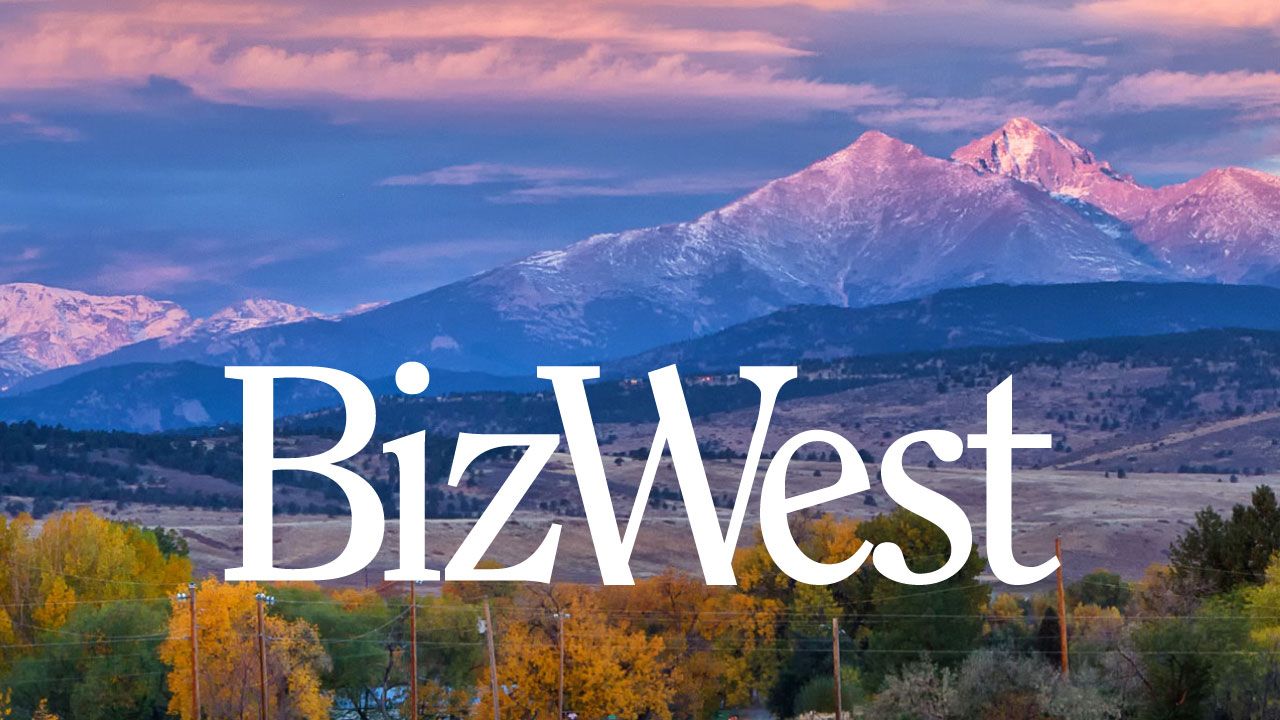COVID could kneecap debt-heavy drillers into bankruptcy
WELD COUNTY — The health and economic crisis caused by the emergence of the COVID-19 virus across the world has thrown the oil markets into disarray, along with some of the largest operators in the heart of Colorado’s energy industry.
Negative oil prices are not the new normal, and the majority of oil and natural gas operators have reliable income streams through the rest of this year. But if the economic crisis caused by the pandemic across the world continues and people continue to stay home to prevent its spread, some of Weld County’s biggest producers may crack under the weight of massive debts and dirt-cheap prices.
Out of the approximately 169.85 million barrels of oil produced in Weld County last year, 83% was produced by seven publicly-traded drillers, according to a BizWest analysis of state energy production data. Those same seven firms also generated almost 86% of the 959.42 million metric cubic feet of natural gas production last year.
Many of those drillers carried more debt on their books at the start of the year against the entire value of the company. Occidental Petroleum Corp. (NYSE: OXY), by far the largest producer in Weld County at 39.41 million barrels of oil last year, had a little over $75 billion in total liabilities against $34.23 billion in stockholder equity at the end of 2019. A portion of that debt was taken on from its acquisition of Anadarko last year.
Extraction Oil & Gas Inc. (Nasdaq: XOG) had $2.24 billion in total liabilities against just $508.74 million in equity, producing 18 million barrels last year in Weld County.
For some, the bankruptcy troubles have already begun. Whiting Petroleum Corp. (NYSE: WLL), which accounted for 3.4 million barrels of Weld County’s oil production last year, went into Chapter 11 bankruptcy on April 1 to reorganize $2.2 billion in long-term commitments. It said it reached an agreement with its largest bondholders in late April and plans to exit bankruptcy the next several months.
Extraction is also potentially looking to restructure after it said in its latest earnings call that it had hired advisors to “evaluate strategic options” in the current climate. As of May 7, it had drawn all $600 million of its revolving credit line and had $94 million in cash.
The outlook for private companies isn’t rosy either. Operators in the Rocky Mountain region believe around 37% of oil firms could become insolvent in under a year with oil at $50 per barrel, while 40% of oil firms are thought to have less than a year of solvency left with prices at $30 per barrel, according to the latest energy survey conducted by the Federal Reserve Bank of Kansas City.
Those respondents said drilling for oil in the region would become profitable at $47 per barrel, but they don’t expect prices to return to $50 within the next two years.
Patrick Hughes, a partner focusing on business debt restructuring with Haynes Boone, said the majority of energy bankruptcies so far have been caused by companies holding large tranches of debt.
In previous years, those cases were handled relatively quickly because low interest rates and a liquid financial sector made it viable for creditors to cancel debts in exchange for an equity position in the company. Those creditors generally thought it was better to take a stake in the struggling producer and wait a few years for prices to stabilize to recoup their investment, rather than force a liquidation sale when the company’s valuation is at its lowest.
However, Hughes said creditors and debtors alike are trying to determine just how valuable an equity stake in an oil producer is during the pandemic itself, and what demand for oil will look like in a post-COVID economy where consumers have less spending power and may not be willing to travel as often.
“Now we’re seeing a different dynamic because people are having a hard time understanding how far out the lower prices are going to be,” he said.
Hedged… for now
Bernadette Johnson, a vice president of strategic analytics at Denver-based energy consultancy Enverus, told BizWest that Whiting and Extraction’s bankruptcies aren’t the first wave of a tsunami of bankruptcies because those companies had particularly high debt loads.
Many operators have hedged large percentages of their production out several months in the futures market, meaning whatever they’re capturing in the next few months will fetch them prices in the $50 to $60-per barrel range that they were planning for at the start of the year. Meanwhile, companies are cutting their capital spending, with the number of active drilling rigs in Colorado dropping from 26 in January to just four in early May.
Johnson said most operators outside of those with outsized long-term debt can avoid bankruptcy by leaning on those guaranteed good prices, temporarily shutting in wells and scaling back exploration and new wells.
Very few producers hold futures contracts past January 2021, and futures prices next year are floating in the mid-$30 per barrel range. Whether or not that is enough to break even remains to be seen. Enverus predicts oil prices will remain in the high $20 per barrel to low $30 per barrel range through 2020, with price recoveries starting next year.
“If it lasts and persists through next year, then you really start having problems because nobody is attached starting January 2021,” she said.
Right now, there is reason for optimism on the supply side of the price equation. Russia and Saudi Arabia started a pumping war in March, flooding the world’s supply with cheap oil just as swaths of the U.S. and European countries started lockdowns. Those two, along with the rest of OPEC and other oil producing states, later agreed to deep cuts in April.
There’s also glimmers of hope based on the traffic data seen in China and European states that have lifted hard lockdowns, Johnson said.
But that doesn’t balance the market, which has been tipped over to what Enverus estimates is a third of the world’s demand evaporating in a matter of weeks. Commuters are working from and staying at home whenever possible, planes aren’t flying as passengers worry about being in a confined space with strangers for hours, and less commercial activity lowers the amount of diesel being burned on cargo ships.
Johnson expects plenty more action for operators in the mergers and acquisitions space, partly because the larger financial markets are relatively liquid and these normally expensive stocks look like a potential long-term value.
“If you think about how cheap some of these stocks are, you might not see this again for a while,” she said.
Local toll
Most oil leases pay royalties based on the volume pumped out of the property. Since demand is so low, refiners aren’t buying as much crude oil, which in turn led to the virtual game of musical chairs in the market on April 20 where traders brought prices negative as they tried to avoid being forced to take delivery of their oil positions.
That gives operators less reason to keep pumping in the Denver-Julesburg Basin, meaning mineral rights holders won’t make as much as they did before. It also means rigs aren’t drilling, which means the businesses that survived by providing food and services to drilling crews suddenly don’t have their normal set of customers.
“That’s meaningful, because these restaurants that had to shut down, when they turn back on, is anyone going to be there? Or the number of people who were supporting these rigs, are they still going to be out there?” she said. “They’re definitely not.”
In bankruptcy cases, Hughes said mineral rights owners are typically paid in full, although they may be subject to a clawback rule where a bankrupt company can recover any payments on debt it made in the past 60 to 90 days to shore up its ability to keep operating during the restructuring period.
“If you ignore a proceeding, you do so at your peril, because there’s a whole lot of boilerplate that gets thrown into these things, and for clients, that can substantially affect your rights,” he said.
WELD COUNTY — The health and economic crisis caused by the emergence of the COVID-19 virus across the world has thrown the oil markets into disarray, along with some of the largest operators in the heart of Colorado’s energy industry.
Negative oil prices are not the new normal, and the majority of oil and natural gas operators have reliable income streams through the rest of this year. But if the economic crisis caused by the pandemic across the world continues and people continue to stay home to prevent its spread, some of Weld County’s biggest producers may crack under the…




